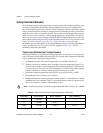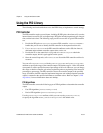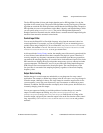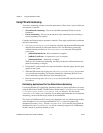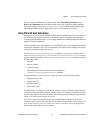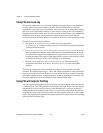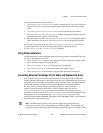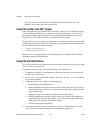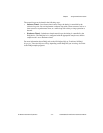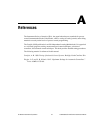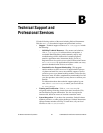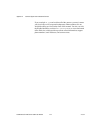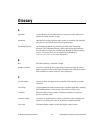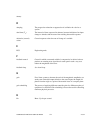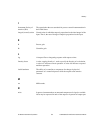Chapter 3 Using the PID Control Toolkit
LabWindows/CVI PID Control Toolkit User Manual 3-10 ni.com
value of 1 produces an output of 10 for a difference between the SP and PV of 10,
regardless of the output range and setpoint range.
Using PID on Real-Time (RT) Targets
Some PID applications are deterministic and, therefore, cannot be run on desktop operating
systems. Because the PID Library is supported on real-time (RT) targets, you can use it to
develop deterministic applications. For more information about developing and running
RT applications, refer to the LabWindows/CVI Real-Time Module Help.
Because RT systems do not support user interfaces, you cannot use wizard-based autotuning
in PID applications that are targeted for RT platforms. Any applications that are targeted for
RT must not include the following functions:
•
PidAutotuneShowDialog
• PidAutotuneCloseDialog
However, you can use other functions in the Autotuning class to tune the PID controller in
applications targeted for RT platforms.
Using PID with DAQ Devices
This section addresses several important issues you might encounter when you use the DAQ
APIs to control actual processes.
Complete the following steps to use the PID Library with a DAQ device.
1. Configure the DAQ device and channels for both input and output. Also configure the
sample clocks, if necessary.
2. Call
PidCreate to create the PID controller. Then call PidSetAttribute to configure
the controller attributes.
3. Within the control loop, complete the following steps:
a. Read the input from the DAQ device.
b. Modify/manipulate the input so that it can be provided to the controller. This step is
optional and required only in cases in which the controller input is derived from the
acquired DAQ input.
c. Supply this input to the controller and obtain the controller output.
d. Modify/manipulate the controller output so that it can be used as the DAQ device
output. This step is optional and required only in cases in which the output on the
DAQ device is derived from the controller output.
e. Write the output to the DAQ device.
4. Discard the controller to release its resources. Also clear all the DAQ tasks. In some
cases, just before clearing the DAQ tasks, the DAQ device outputs a 0.



